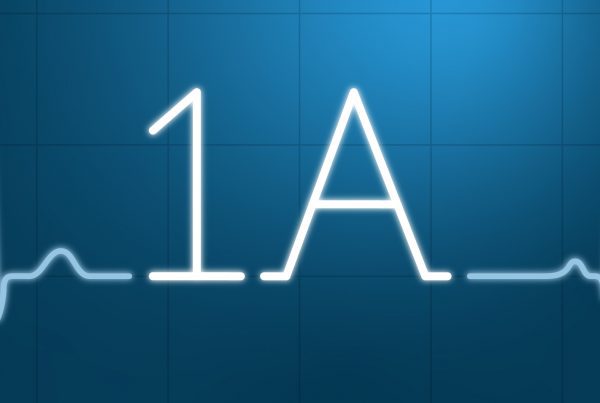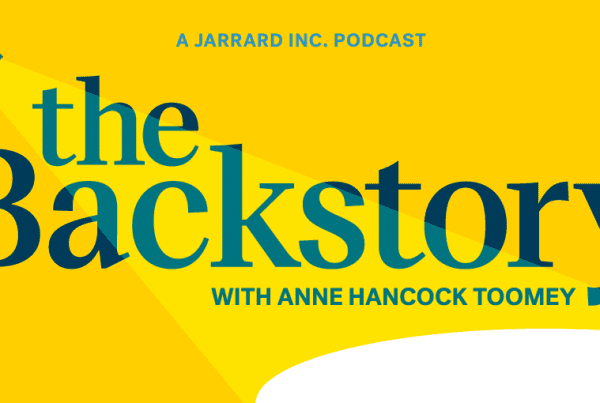The Big Story: How to Counter Fake News
“Even when participants knew the story was fake, their own opinions and behavioral intentions shifted in accordance with what they thought others believed.
Overall, our findings tell us that it is not enough to flag fake news as being false: People assume that others still believe the fake news—and this perception influences how they themselves think and act.”
Staunching the Spread with a Listen-First Approach
By Mandi Kane and Alex Hunter
3-minute read
Peer pressure is a powerful drug.
Read that quote again. Knowing – or believing – that other people believe something is enough to make us believe and act on it, even if we didn’t necessarily start off believing it ourselves. This is especially sobering when you consider the implications of virally spread fabricated information.
“Fake news is a specific type of disinformation,” explains the Harvard Business Review. “It is deliberately fabricated as a ‘news’ story with an intent to deceive, transmitted by social media, and characterized by virality.”
For healthcare, the consequences of fake news are already piling up: Think vaccine hesitancy that has rapidly converted into widespread resistance and outrage. The rash of miracle cures and unproven treatments featured on Instagram. Efforts to undermine trust in clinicians, public health organizations and established scientific bodies. And so much more.
A Critical Don’t and Dos
It’s as old as Rome and as American as Hearst vs Pulitzer…and today’s perfect storm of Twitter and politics and generative AI and erosion of institutional trust and Trump’s accusations of “fake news!” has poured jet fuel on the flames. So, now that everything seems on fire, how can we extinguish it or at least keep it at bay?
Whether thinking about this issue as an enterprise or as an individual in one-on-one conversations with patients or friends, the approach is similar.
Enterprise-wide, as is the case for navigating so many issues, fake news is more easily countered when your corporate voice is trusted and you have credible allies to activate. As trust in healthcare has eroded, the sector’s susceptibility to fake news and misinformation has risen. At the same time, clinicians hold higher trust, so they can be superb ambassadors in clarifying misinformation on both the macro and micro levels. Leverage the white coats wisely.
Step one: Resist the strong urge to fire off an immediate response. Instead, do:
Get involved from the beginning. There are some conversations an organization shouldn’t get involved in. But on issues that are squarely in a hospital’s lane…well, the hospital should probably push back. Have plans – and tools – in place to respond quickly to problematic information, whether it’s a falsehood about your organization or a mix-up between ethyl- and methylmercury. You don’t want someone else shaping and solidifying the narrative.
Listen. Understand what the fake news believer is hearing and understands. In a world where there aren’t just differences in opinions but differences in perceived reality, any successful conversation must be based on where the other person is coming from. The purpose at this stage is not to argue or judge or start mentally writing out counterarguments, but simply to understand. As columnist Morgan Housel put it, “The most important communication skill is knowing when to shut up.”
The most important communication skill is knowing when to shut up.
— Morgan Housel (@morganhousel) January 16, 2024
Connect on common ground. Within that listening, discern areas of commonality. Ask questions as needed. Look for any overlap. There will be some – maybe a lot. “We agree that the kids in our community are facing too many health problems.” Great, start there. Go back to the most basic principles on which you can agree – whether it’s science or caring for your neighbor or simply living in the same town. Whatever the foundation, find it and build on it. You may bring different meaning to those words, but there is at least a conceptual starting point.
Pause, then share. The theme here is intentionality. Don’t react, respond. Ask questions and provide information that offers people a window into potential gaps in their knowledge. Author Daniel Pink recently noted a study of people who disagree with scientific consensus on various topics. Giving them more facts doesn’t work because they think they have all the facts. Pink said the key is to “Help people recognize what they don’t know.” When people “see the hole [in their understanding], they’re more likely to fill it.”
Get simply granular. Again, healthcare is inherently complex. It’s difficult for insiders to understand, much less the public. Add to that the unfortunate decline in scientific literacy and environment of mistrust, and getting any marginally technical point across is extremely difficult – especially when pitted against emotional appeals so common within the world of fake news. So, when sharing, “detailed simplicity” is the way to go. Give people bite-sized pieces of information using understandable language. And critically, do it with emotion and humor, but never judgment or condescension.
Work with the attention gap. One of the reasons Twitter and generative AI are so effective is they cater to our short attention span. Unfortunate? For sure. But reality. Train yourself and your team to communicate in those snippets – accurate, engaging and understandable.
The rise of fake news can be attributed to specific people. But what’s also been created is an environment where people can choose to immerse themselves in it. Gone are the days when everyone saw the same information, whether they liked it or not. Algorithms mean that everything is hyper-personalized, and any interaction with information only serves to narrow the lens further.
That’s a brutally tough trend to counteract, but thoughtful, patient, listening-first conversation is a good place to start.
Contributors: David Shifrin, David Jarrard, Emme Nelson Baxter
Image credit: Shannon Threadgill




